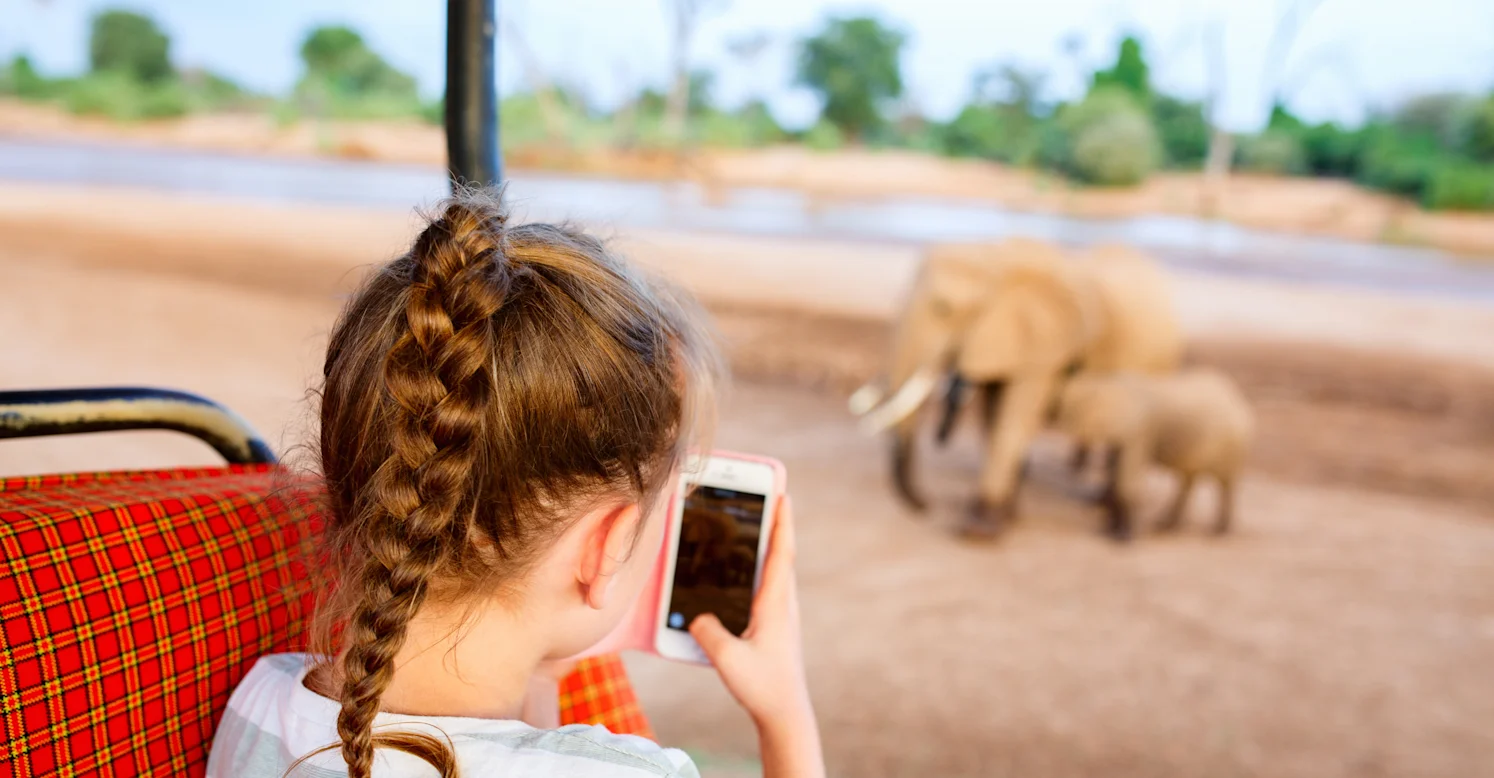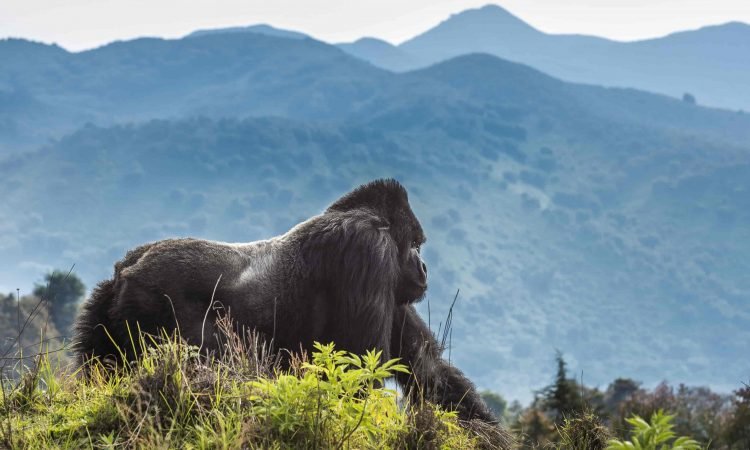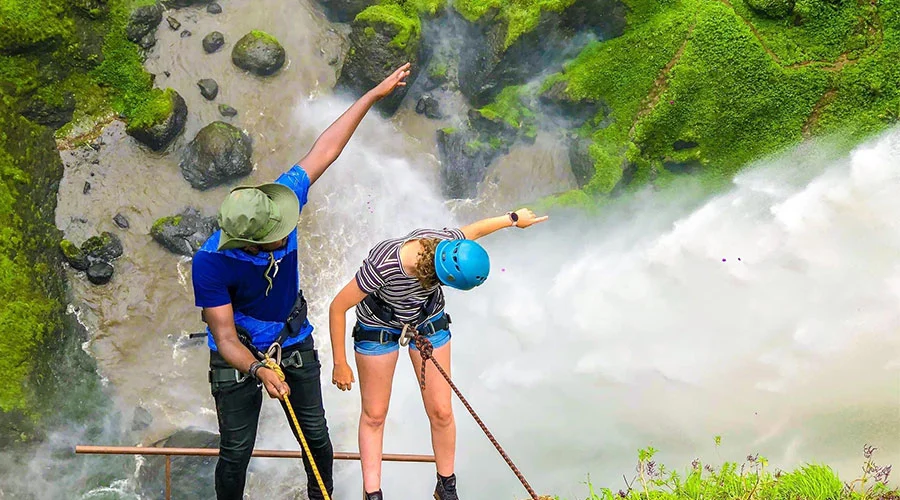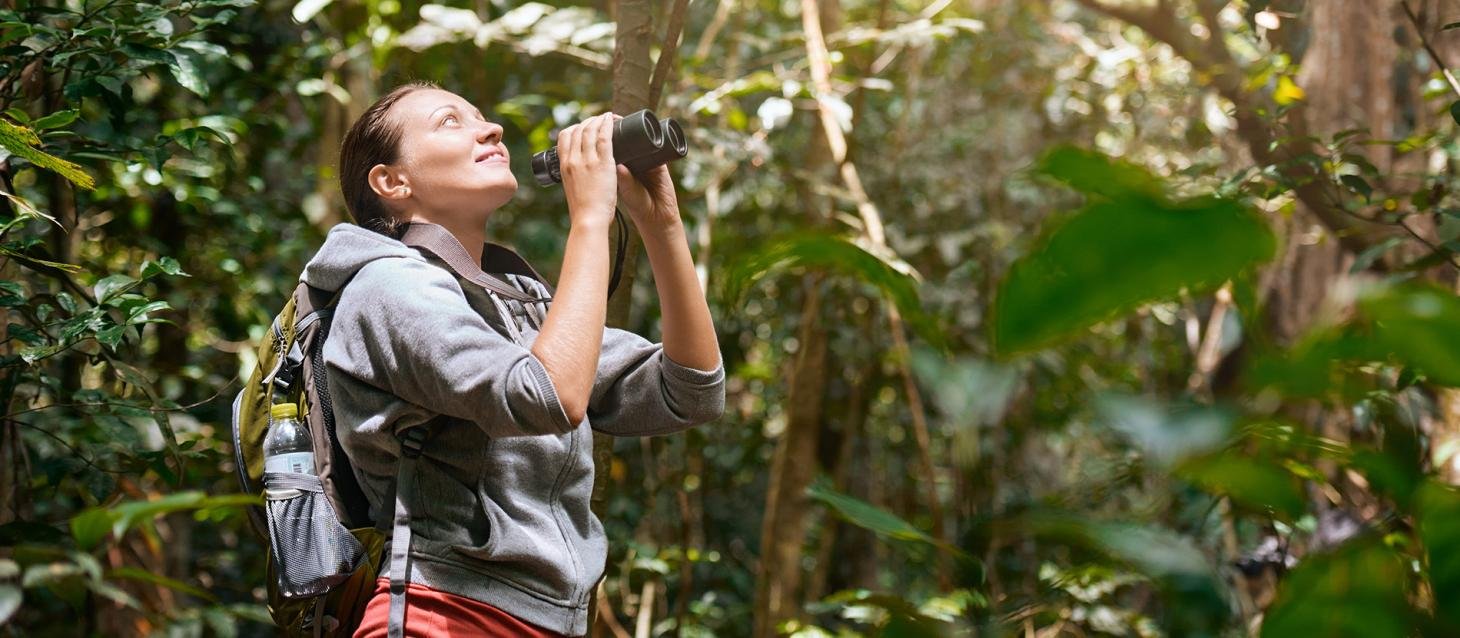During Uganda’s dry season, the roads and hiking trails become much more accessible, free from the disruption of heavy rains.
With less rainfall, the weather is more predictable, creating the perfect conditions for activities such as gorilla trekking, wildlife safaris, and birdwatching.
In the savannah regions of Kidepo, Murchison Falls, Queen Elizabeth, and Lake Mburo national parks, vegetation thins out, and animals congregate around water sources, making it easier to spot wildlife.
This is also an ideal time to tackle the summits of the Rwenzori Mountains and Mount Elgon.










